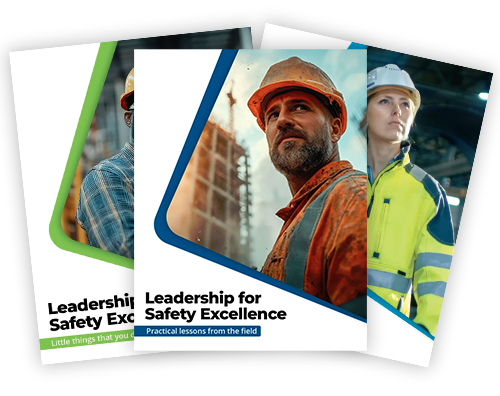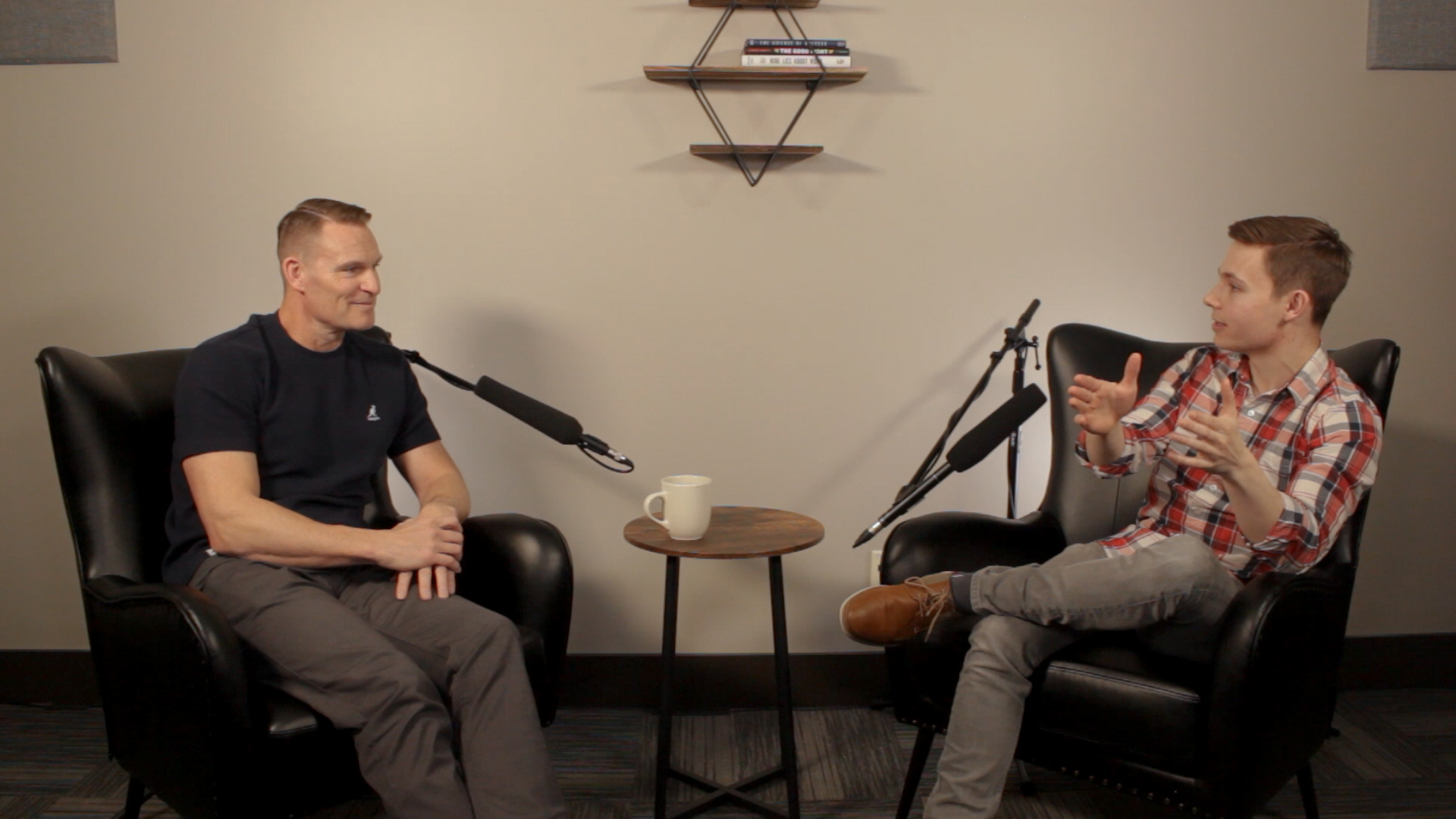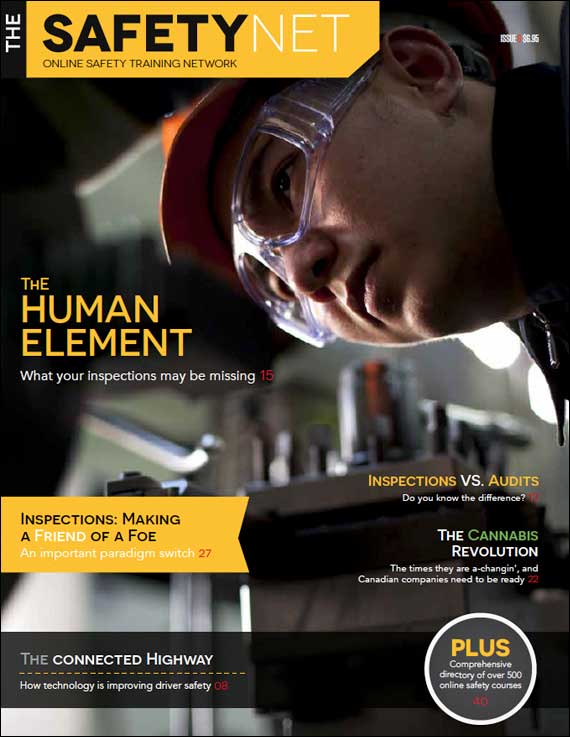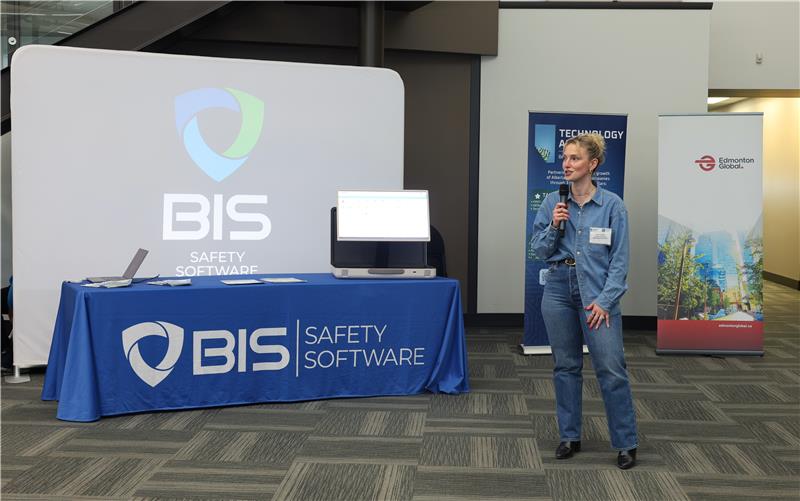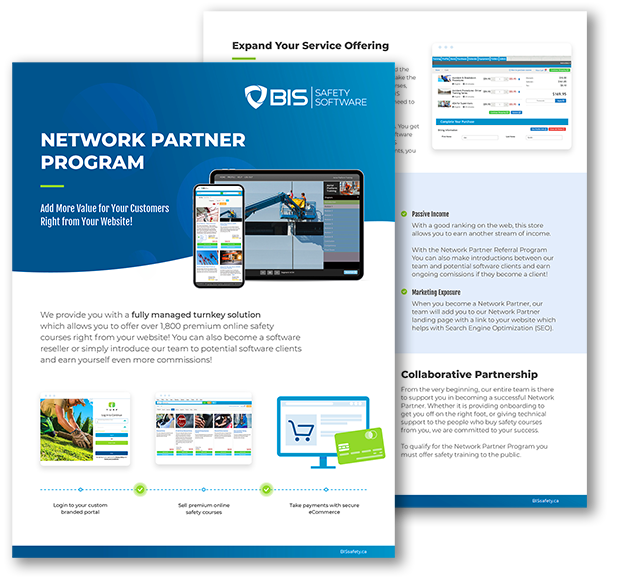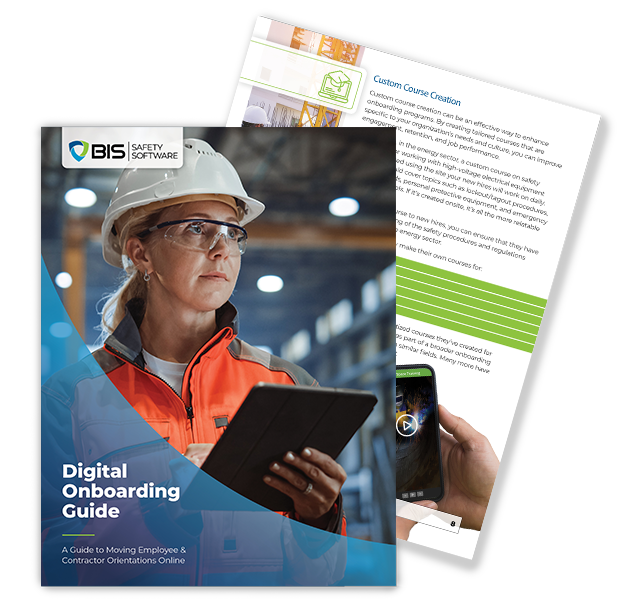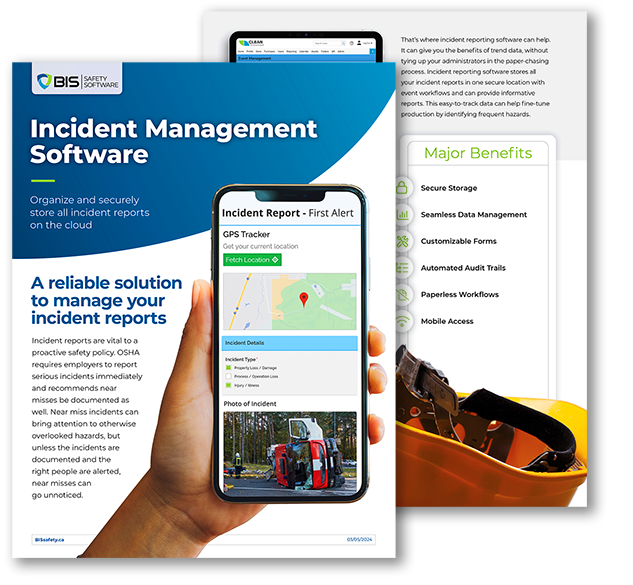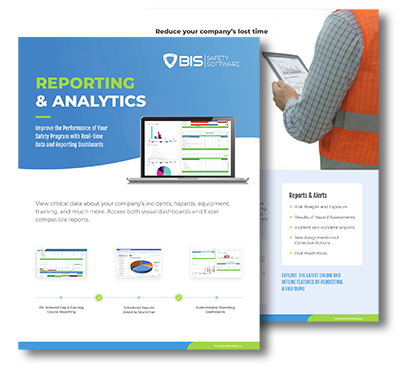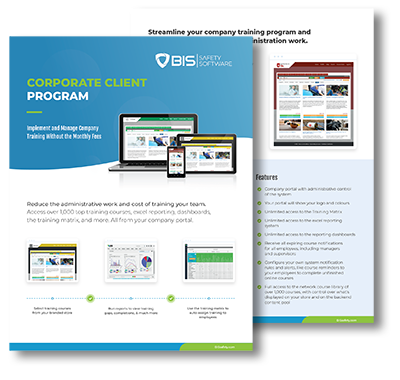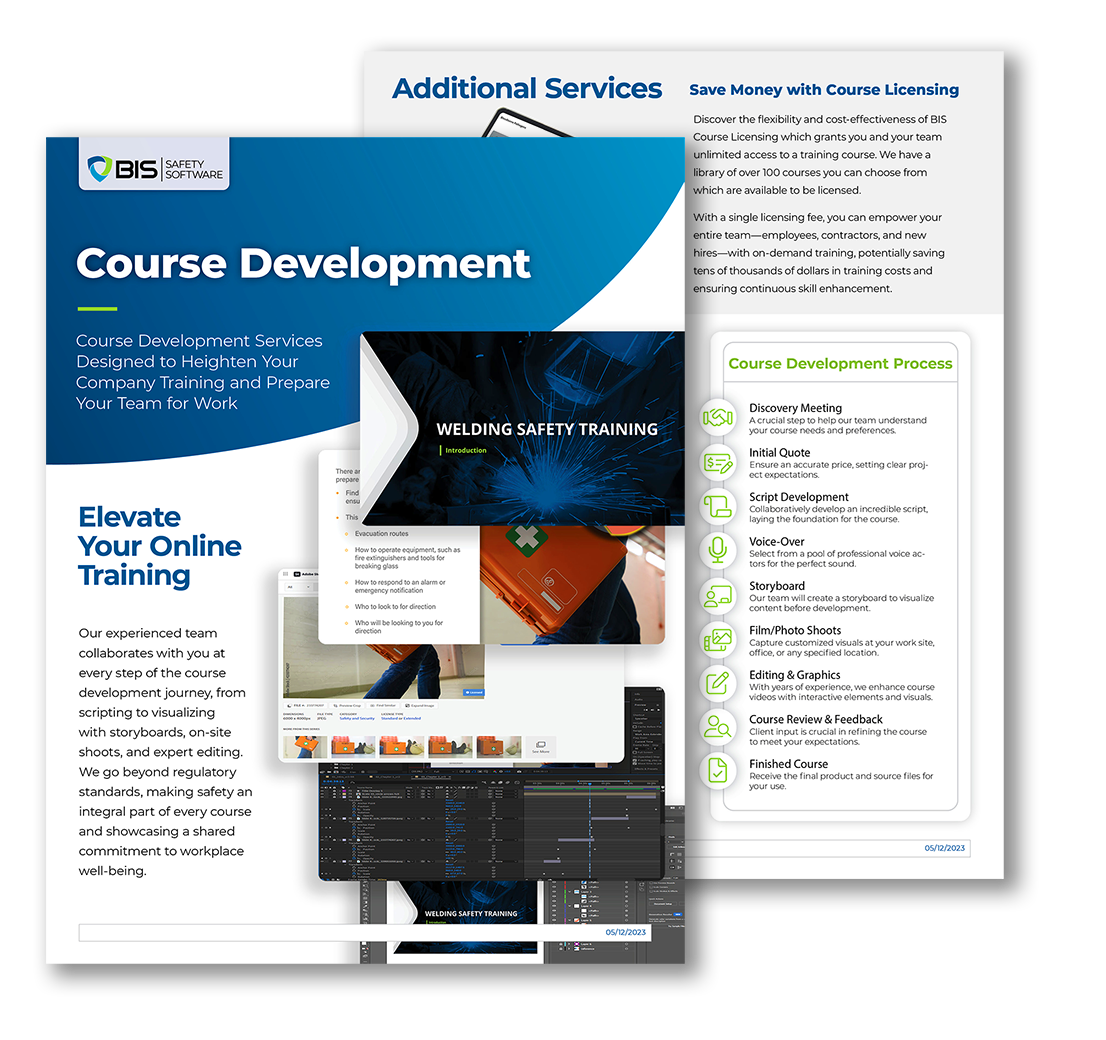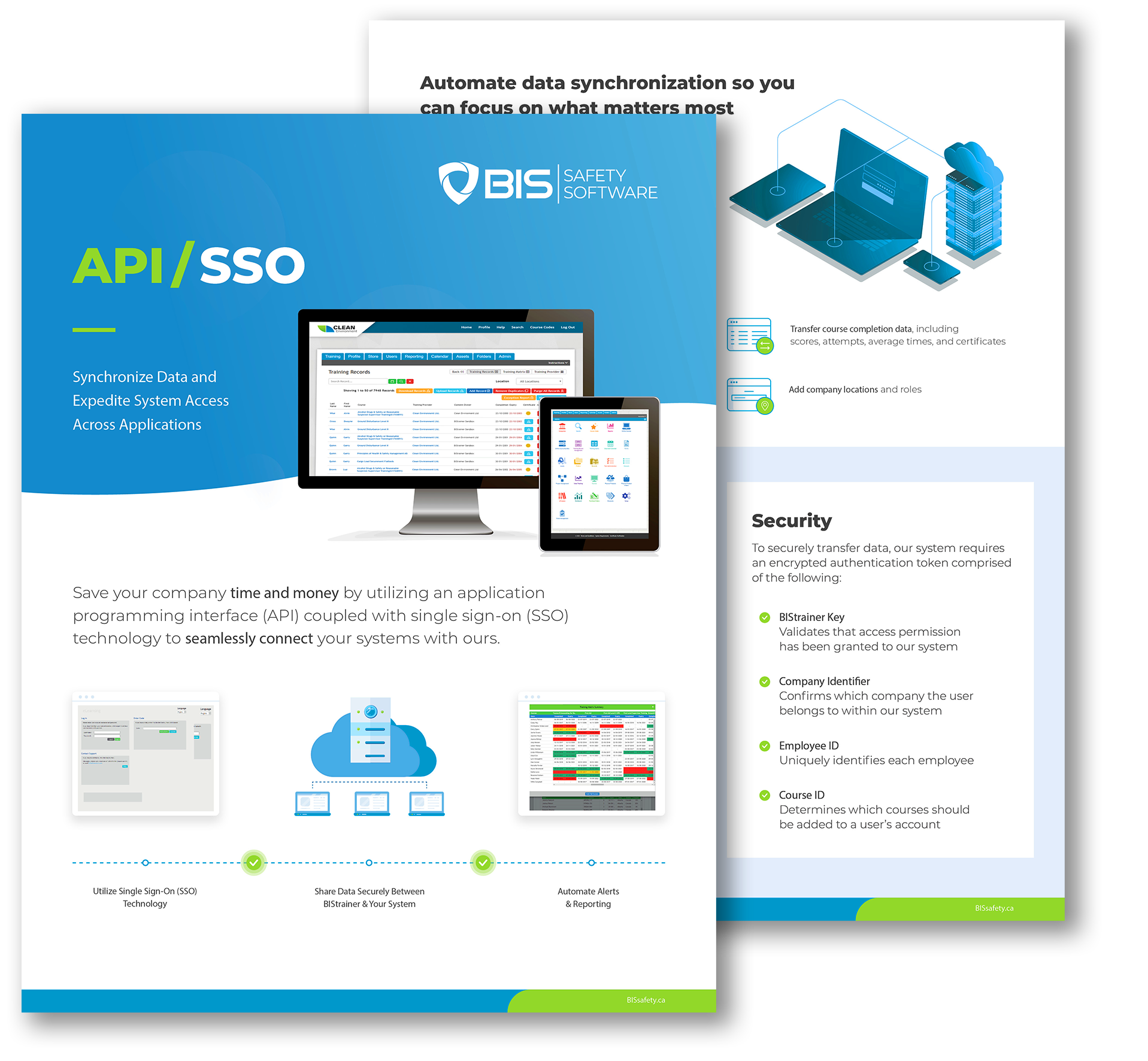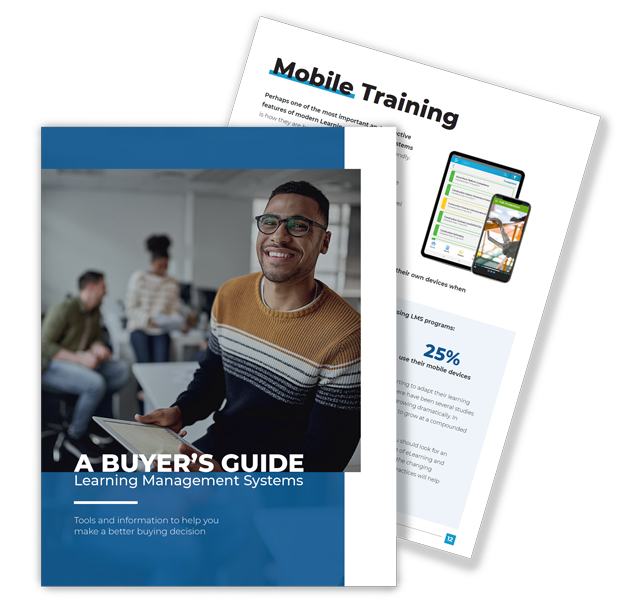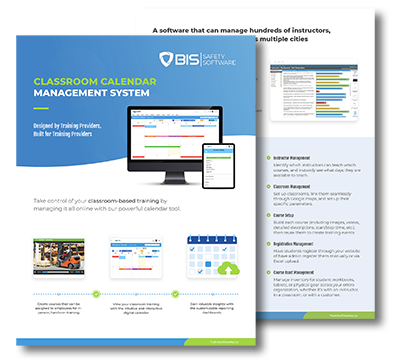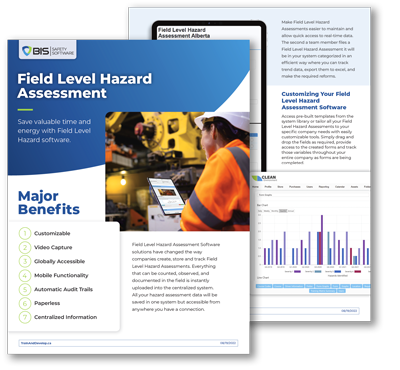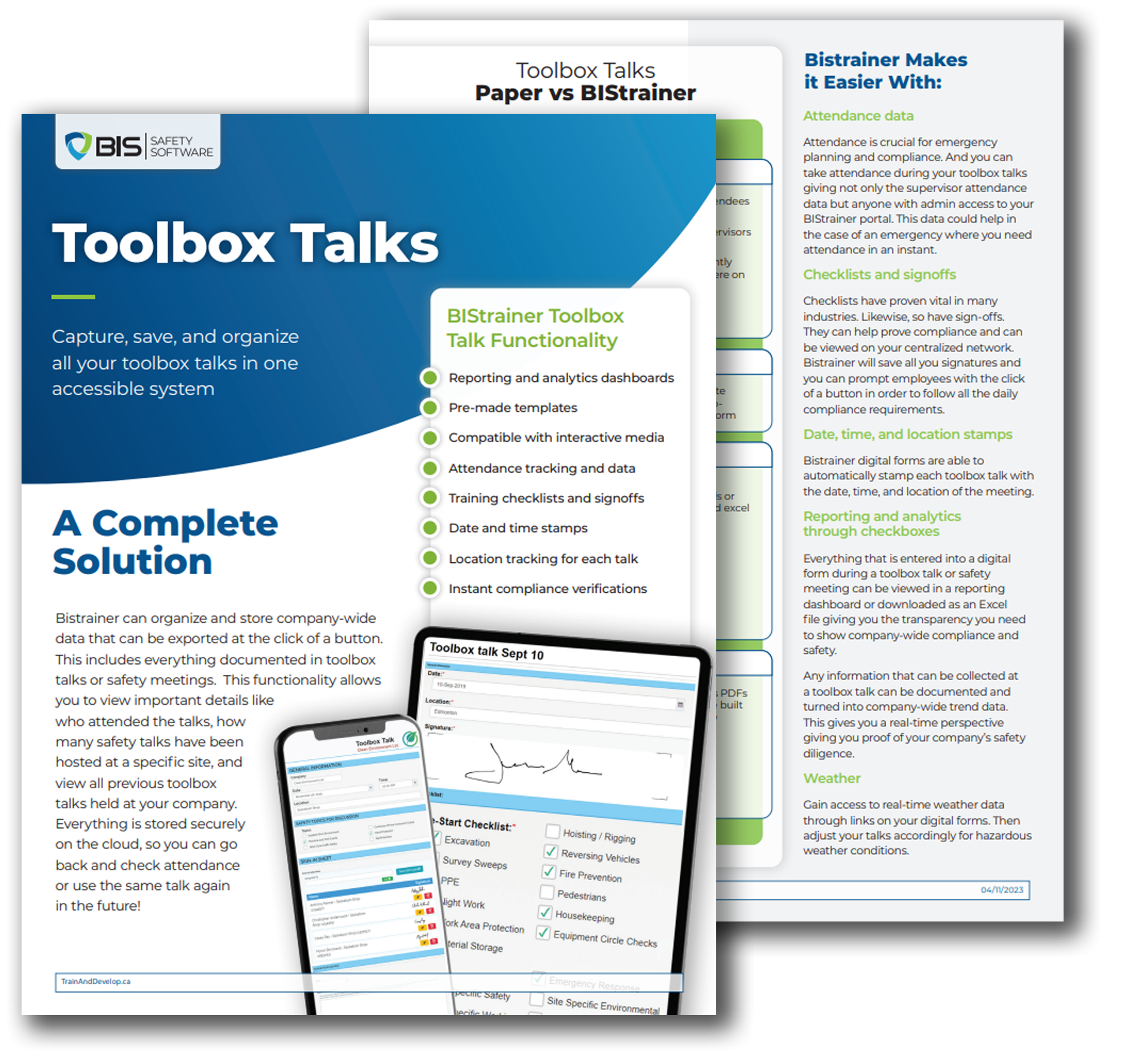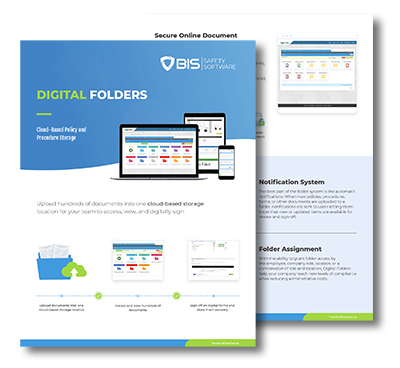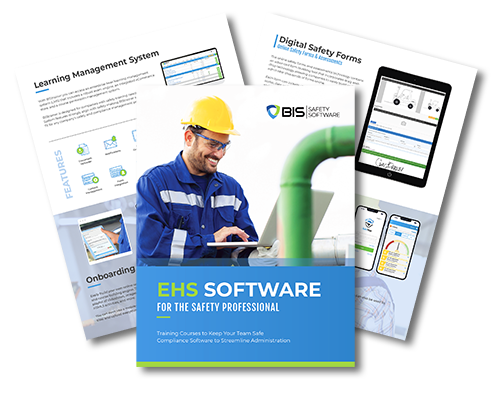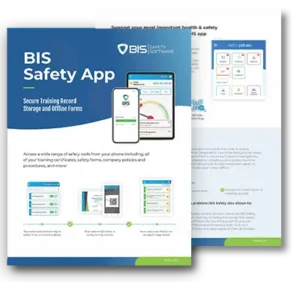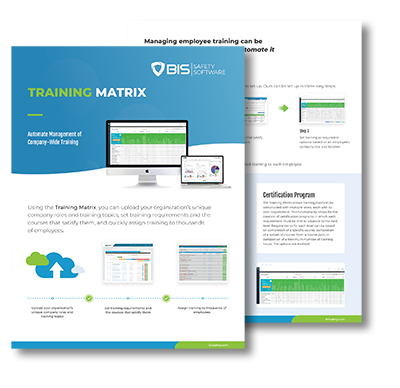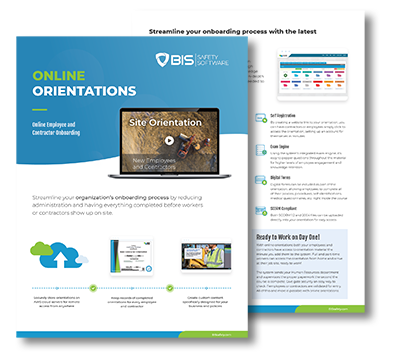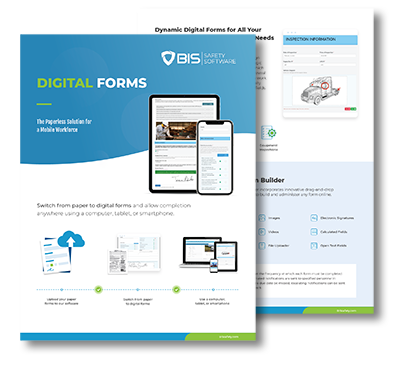Why Digital Training Records Are Replacing Paper — For Good
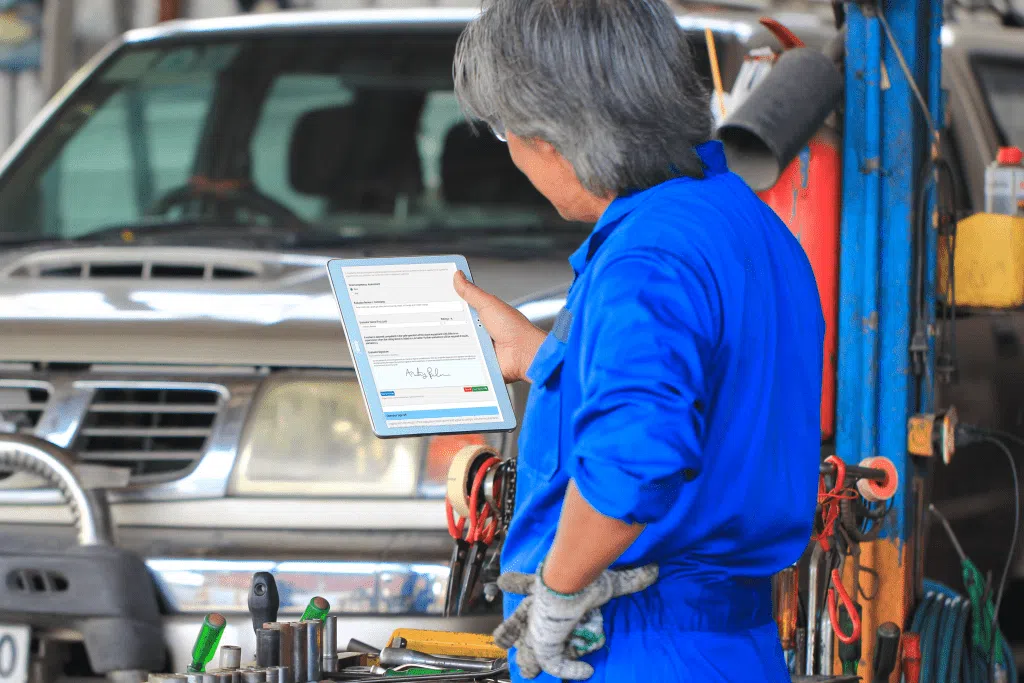
The paper era is over — and that’s a good thing. Learn how digital training record systems save time, reduce compliance risk, support audits, and help safety teams move from reactive to proactive in every industry.
How Strong Safety Cultures Are Built—and Broken

Learn how companies like Alcoa and Kinder Morgan achieved safety excellence, discover key strategies to foster a safety-first mindset, explore common pitfalls that destroy culture, and understand why real leadership and employee engagement are critical to lasting safety change.
“It Won’t Happen to Me”: Why Overconfidence Puts Workers at Risk

The mindset of invincibility is endangering workers every day. Discover how overconfidence leads to complacency—and how leaders can change the culture.
Why Accidental Safety Leaders Are the Ones Who Make the Biggest Impact

They didn’t plan to be safety professionals, but that’s exactly what makes them effective—stories of grit, leadership, and impact from the field.
Built to Teach: How Spencer McDonald Transformed Driver Training
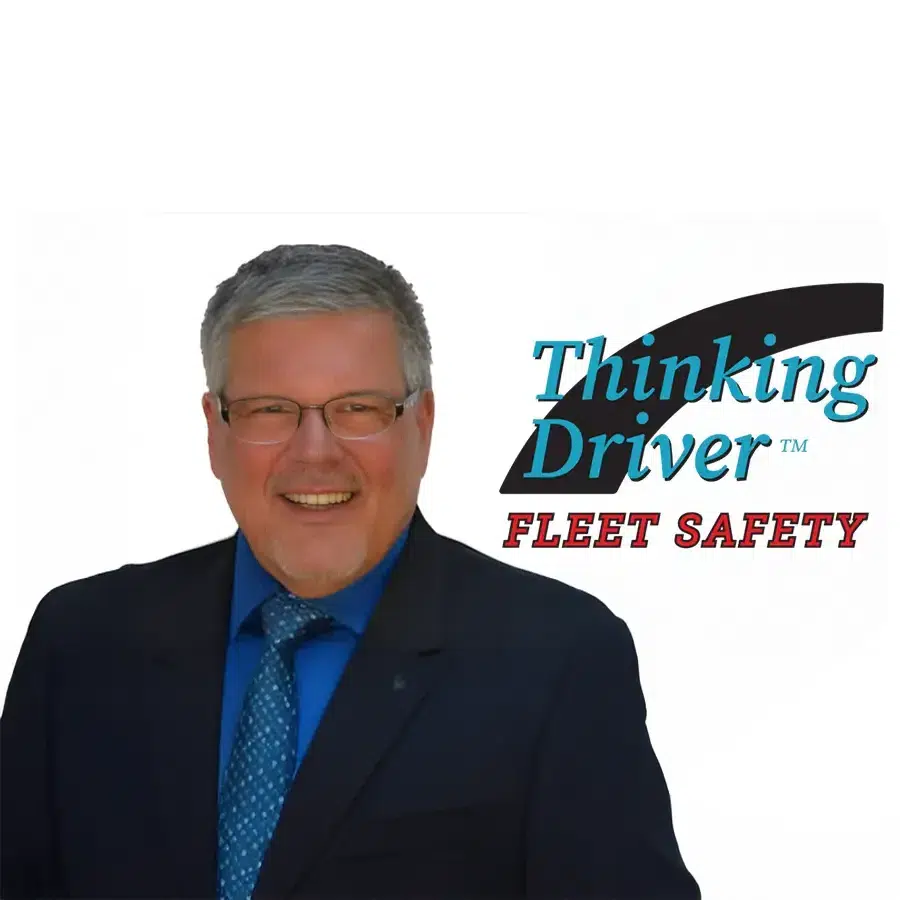
Spencer McDonald went from laid off to leading change in driver education, building a rigorous ICBC-approved program focused on real-world safety and teaching impact.
Redefining Ergonomics with Linda Miller

Linda Miller helped make ergonomics a workplace standard, now she’s designing jobs around people, not forcing people to fit the job, her approach blends tech, empathy, and prevention, reshaping how we think about safety, productivity, and human-centered design.
The Most Overlooked PPE That Could Save Your Life
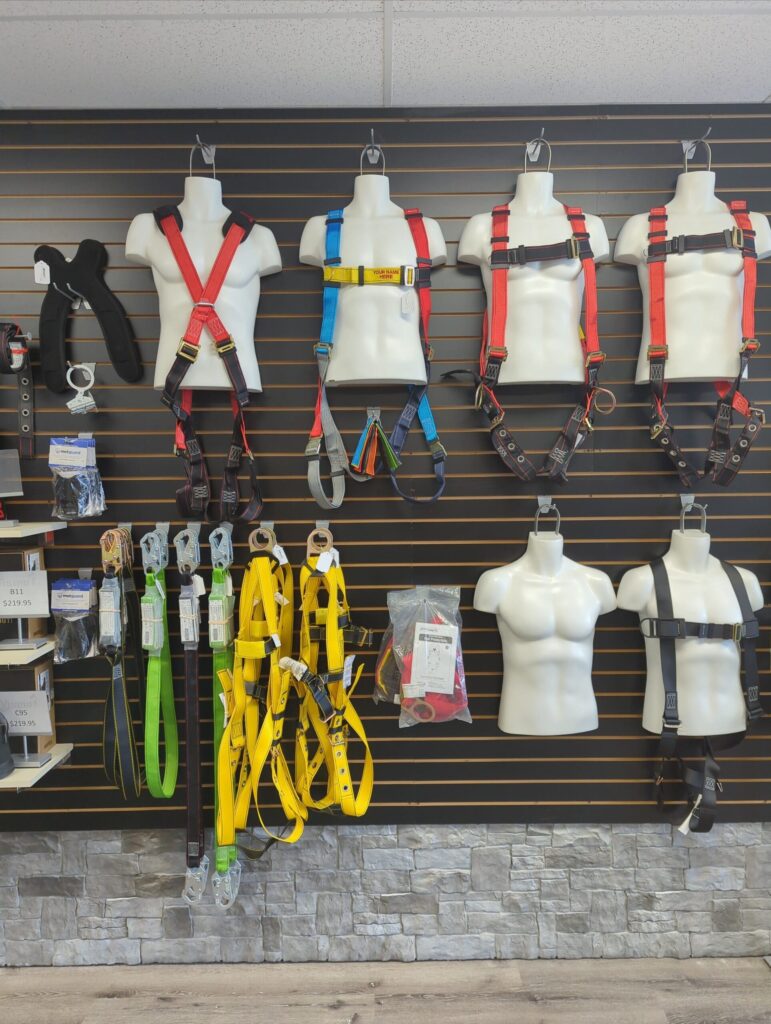
Too many workers overlook critical PPE like earplugs, respirators, and gloves, risking serious injury or death, Learn why proper gear use matters, Discover real quotes from safety professionals and workers, Understand how discomfort is no excuse for skipping protection, Get actionable advice for choosing and using PPE correctly, From fall protection to goggles—see what gear gets ignored and why.
A New Frontier or a High-Tech Mirage? The Truth About Safety Tech

Is AI improving workplace safety or overpromising protection? From smart PPE to predictive analytics, explore how tech is transforming hazard prevention, worker trust, and culture.
From Symbols to Safety: Decoding the TDG Regulations for Safer Transport

Decode the TDG Regulations to improve transport safety, ensure accurate classification and documentation, prevent mishandling risks, and enhance regulatory compliance.
The Most Dangerous Phrase in Safety: “We’ve Always Done It This Way”

Sticking to outdated safety methods leads to avoidable risks, injuries, and fatalities, evolving safety protocols protects workers, challenging the norm drives safer workplaces, leadership and culture must support safety change, resisting new practices undermines protection



